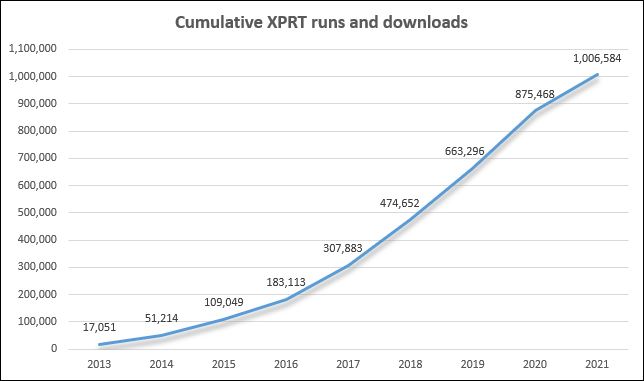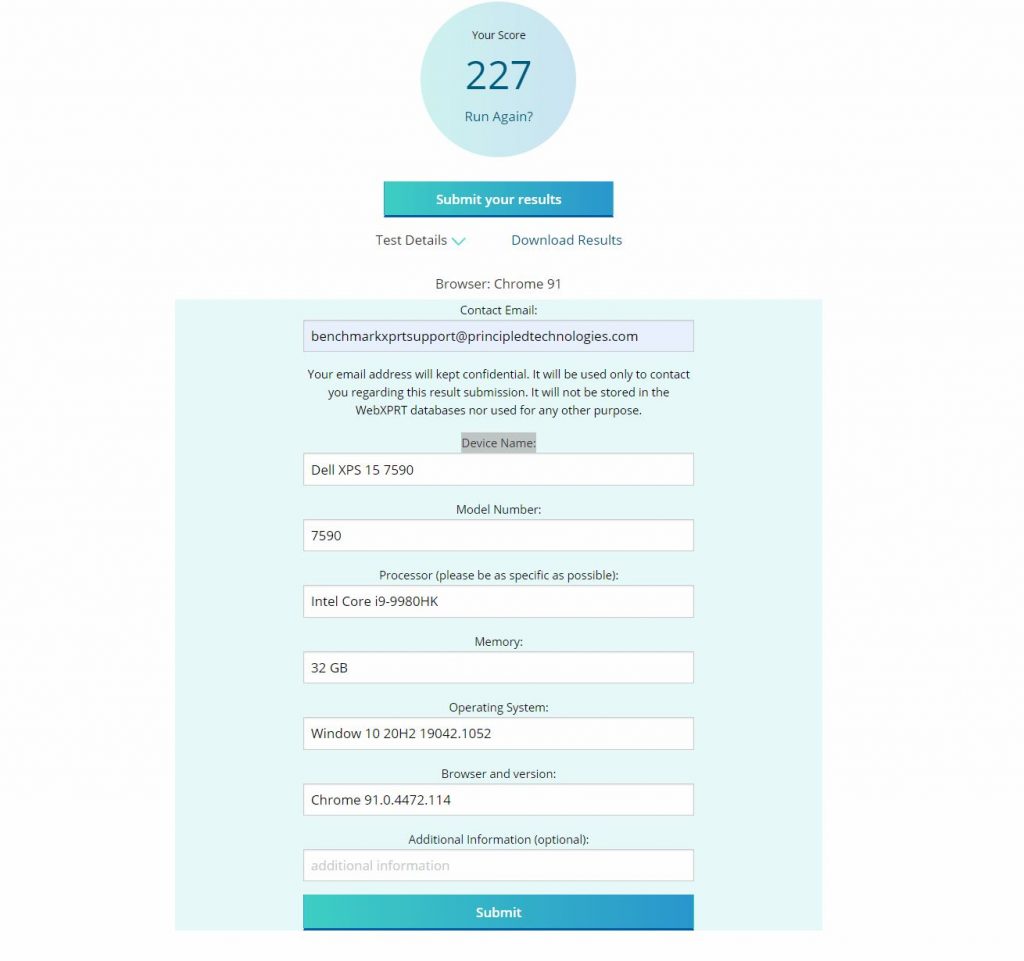One of our goals during the ongoing WebXPRT 4 development process is to be as responsive as possible to user feedback, and we want to emphasize that it’s not too late to send us your ideas. Until we finalize the details for each workload and complete the code work for the preview build, we still have quite a bit of flexibility around adding new features.
Just this week, a community member raised the possibility of a WebXPRT 4 feature that would enable user-specific test ID numbers or accounts. One possible implementation of the idea would allow a user to sign up for a WebXPRT test account as an individual or on behalf of their organization. The test accounts would be both free and optional; you could continue to run the benchmark without an account, but running it with an account would let you save and view your test history. Another implementation option we are considering would let users generate a permanent user ID number for themselves or their organization. They could then use that number to tag and search for their automated test runs in our database, without having to log into an account.
Our biggest question at the moment is whether our user base would be interested in WebXPRT user accounts or test IDs. If this concept piques your interest, or you have suggestions for implementation, please let us know!
Justin














